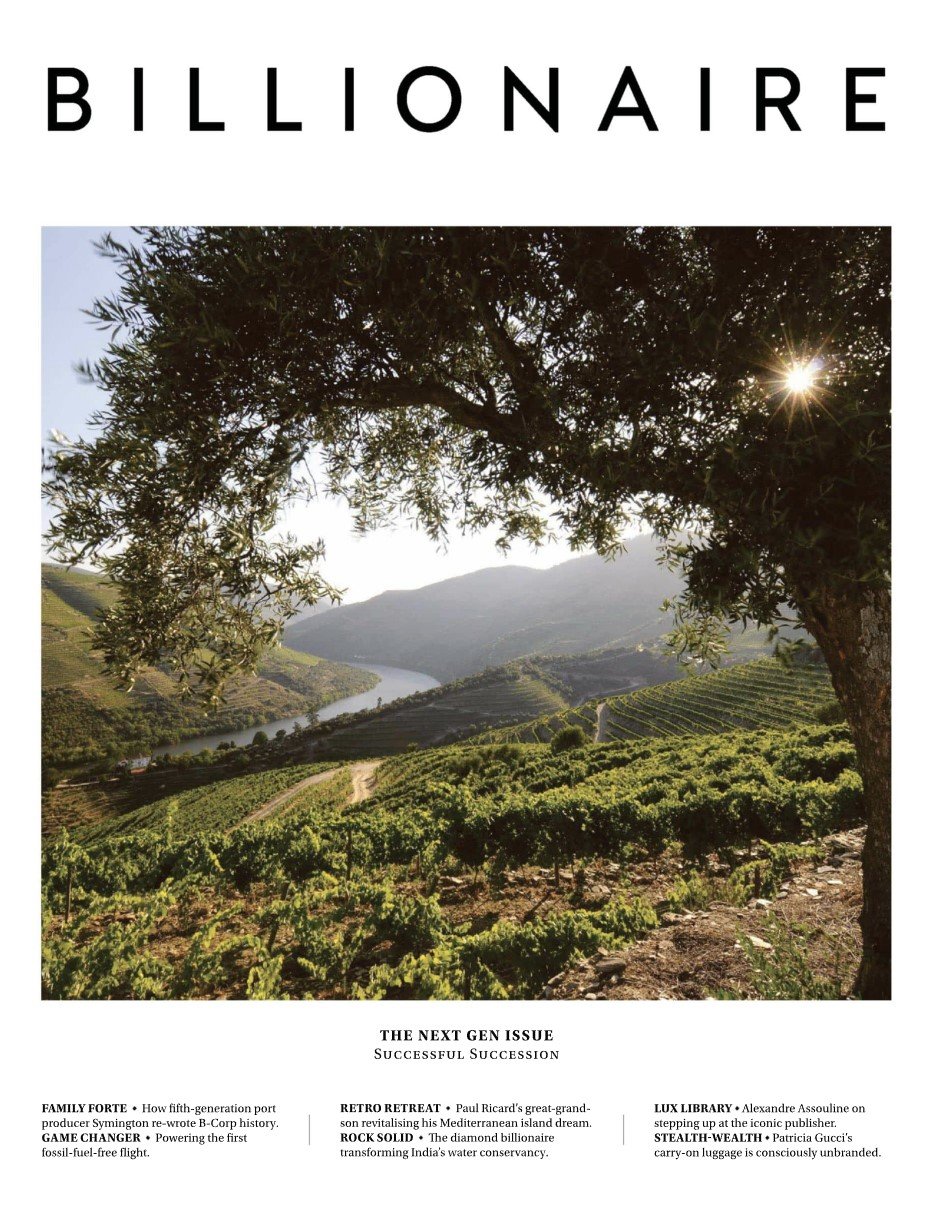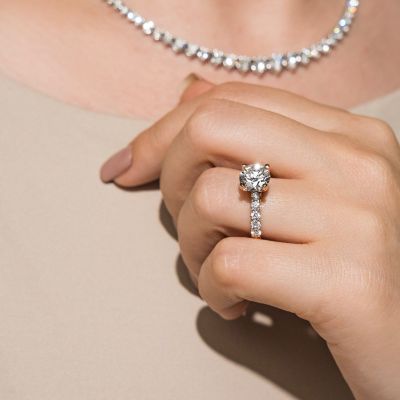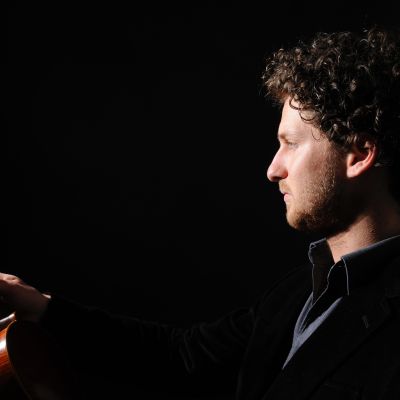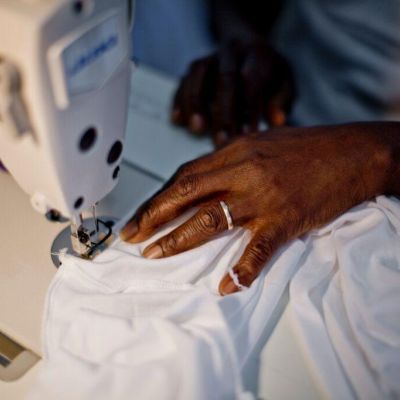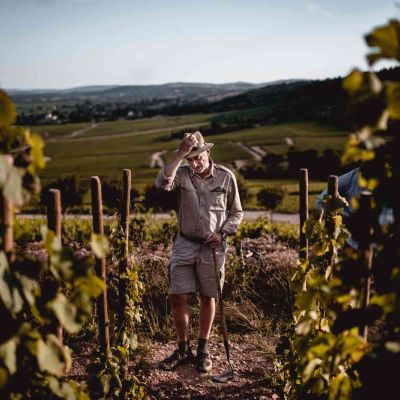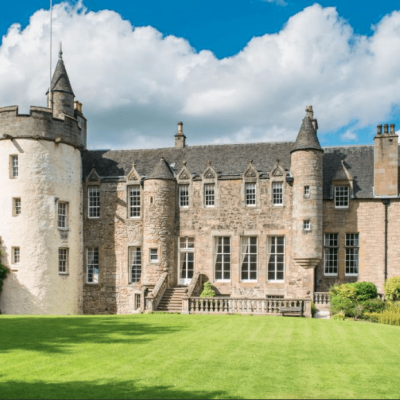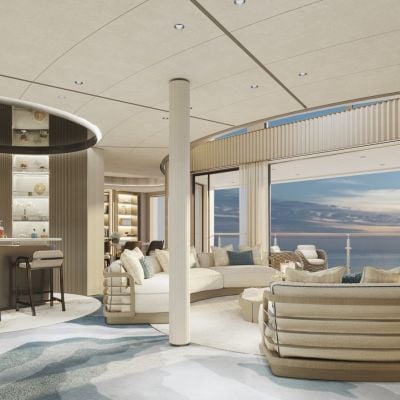Olfactive Auras

Barnabé Fillion is shaking up the world of scent with a new perfume line based on synaesthesia.
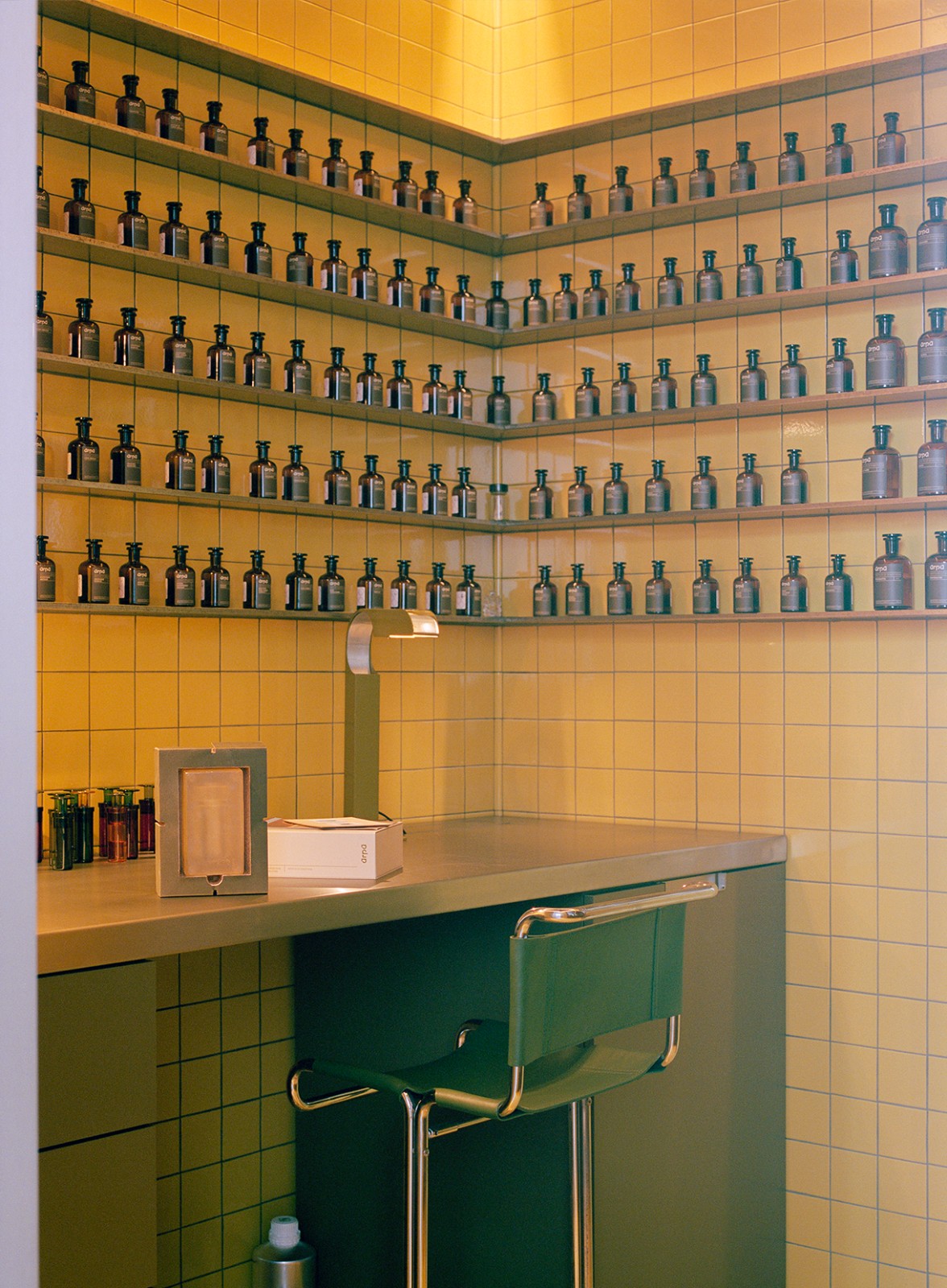
The idea for French master perfumer Barnabé Fillion’s new fragrance line came from his own neurological condition: synaesthesia, which causes two or more of your senses cross over.
“The main language of Arpa is synaesthesia,” he says, dialling in from Paris. “The synaesthesia is the idea of senses blending, meaning when you smell the perfume, it will bring certain images in your mind.
“My synaesthesia is when I smell one ingredient, I get a visual impact of texture and blurry colours,” he explains. “It is how I built my olfactory memory to be able to blend. I’m always running after a blurry image that becomes more focused with time.”
At the end of 2021 he launched the first collection, seven interrelated perfumes (there will be three septets in total) which all end with a key fragrance that can be layered with the others. Each is also linked to two original pieces of music that enhance the scent, as well as a set of coordinates linked to a geographical location.
The perfumes are called unearthly names: Recedere; Arco Spettro; Fosforo; Manta; Hade; Ferragus; and Matter. The second sequence of perfumes is expected to be rolled out within a year and, rather than linking to music, these will link to original sculpture.
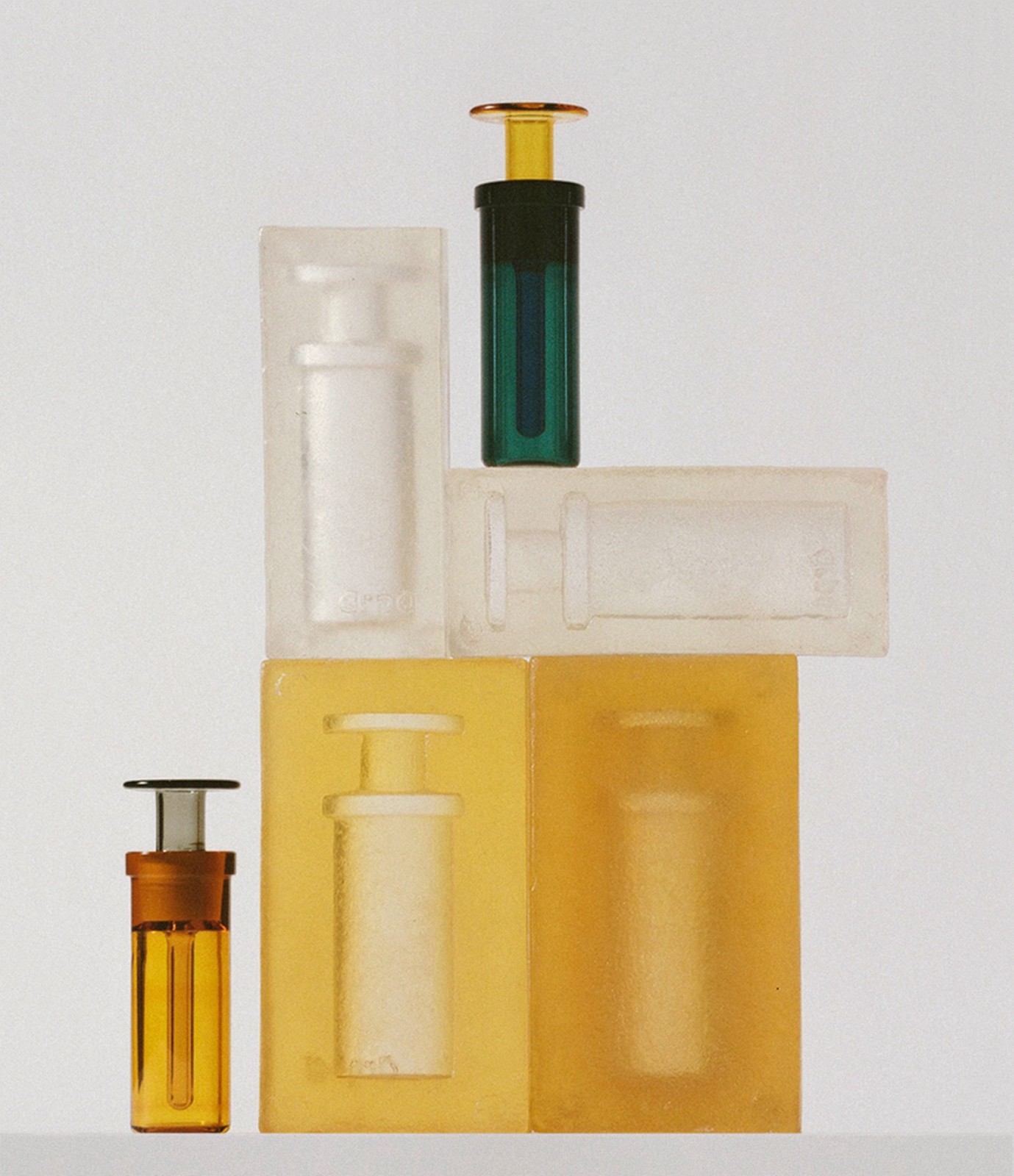
Fillion adds: “Arpa is a project that explores synaesthesia through music, perfume and sculpture. We believe it is the future of fragrance, with all our senses, you listen to the scent.”
Fillion has a lineage of working in a cross-disciplinary way with exceptional brands and partnering with exciting creatives. He is best known for relaunching the fragrance line for Australian cosmetics brand Aēsop 12 years ago, which earlier this year was acquired in a record-breaking US$2.5 billion deal by French cosmetics giant L’Óreal — surely partly testimony to Fillion’s elevation of its perfume line, although he modestly plays his part down.
His nose is to thank for iconic scents such as Aēsop’s Hwyl (smoky and earthy, inspired by a walk through a Japanese forest), Marrakech (spicy and floral, recalling the Moroccan souks) and Rozu, made with notes of rose, petitgrain, bergamot and shiso, a reference to modernist designer Charlotte Perriand and the Japanese rose created to honour her: the Wabara garden rose. Other famous perfumes he has created include Le Labo’s Geranium 30 and Les Foins’ La Remue; he has also worked with visual artists such as Anicka Yi, Marguerite Humeau and Dominique Gonzalez-Foerster.
Through Aēsop, he has worked with US fashion designer Rick Owens over the years and recently created some scent fog tanks for him to use in a fashion show. Owens was first a personal client of Fillion’s when he made him a custom “dusty” scent of patchouli, frankincense and sandalwood; Owens calls Fillion a “scent wizard”.
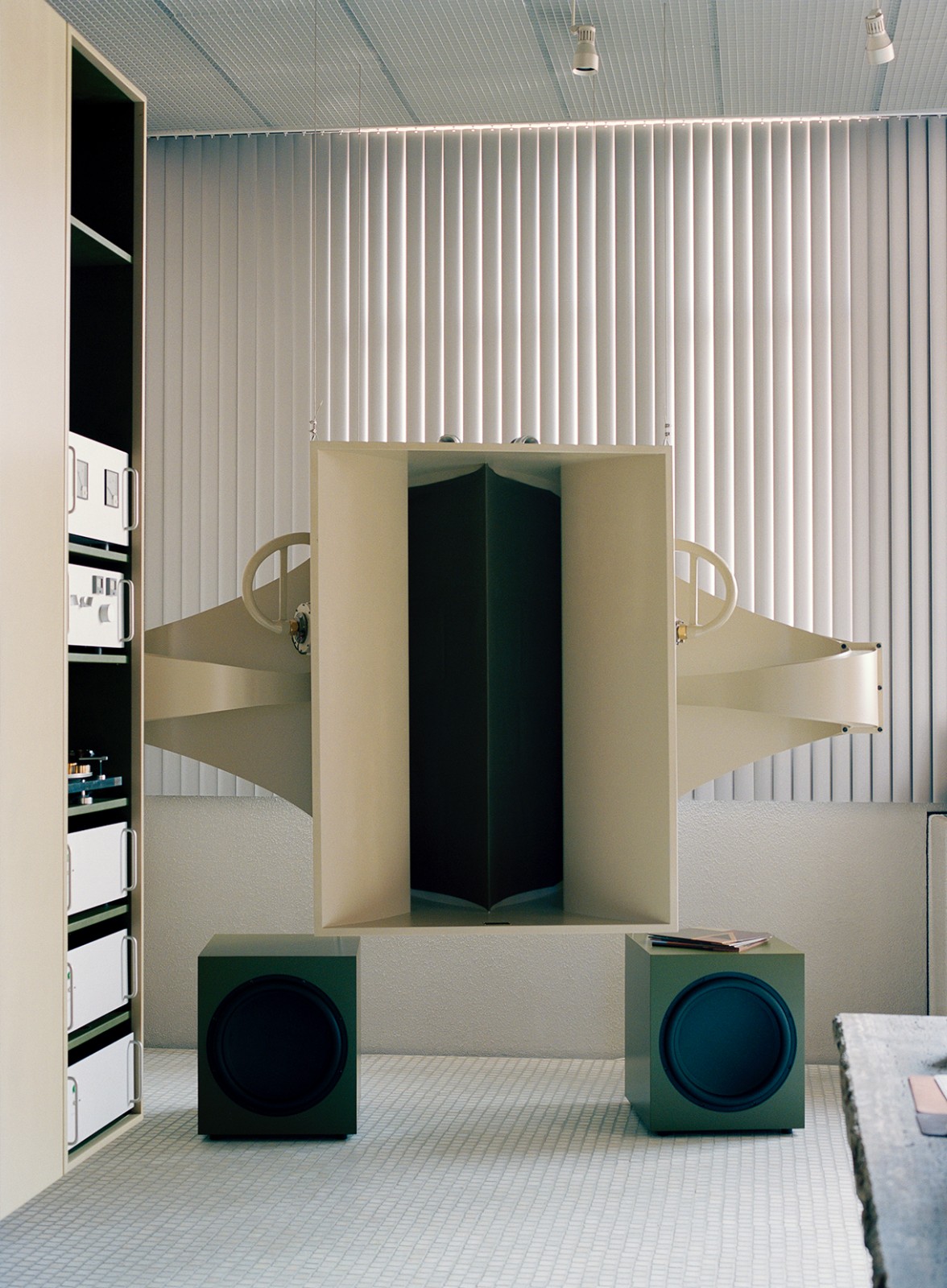
He has also consulted with Scotch whisky brand Royal Salute, having created a series of perfumes inspired by some of its finest blends, including the Time Series 52-Year-Old Single Cask Finish Scotch. He also helps Royal Salute guests at whisky tastings to finer appreciation of whisky, he argues that “95 percent of our tasting happens in our nose.”
Fillion splits his time between Paris, where he has his futuristic-retro laboratory in the gritty neighbourhood of Pantin; Mexico, where Arpa has a research space in the historic Casa Möbius, the studio of the late modernist architect Ernesto Gómez Gallardo; and a third space in Kyoto, Japan, where Arpa has repurposed a former kimono shop, set to open this year.
Of his process, Fillion says he looks for innovation in tradition. “It means the need to respect what great people have created before you; I always research what pioneers and visionaries have thought, before me, and then I try to innovate and think about the future. So, my work is always tied together by the retro-futuristic, such as using ingredients that were used in Egypt at the beginning of perfumery and combining them with modern ingredients; it’s intuitive.
“When creating a scent, my inspiration comes from trying to stay inside my head. I try not to have too many briefs, goals or objectives, and leave it open.”
This article originally appeared in Billionaire's Next Gen Issue. To subscribe click here.

